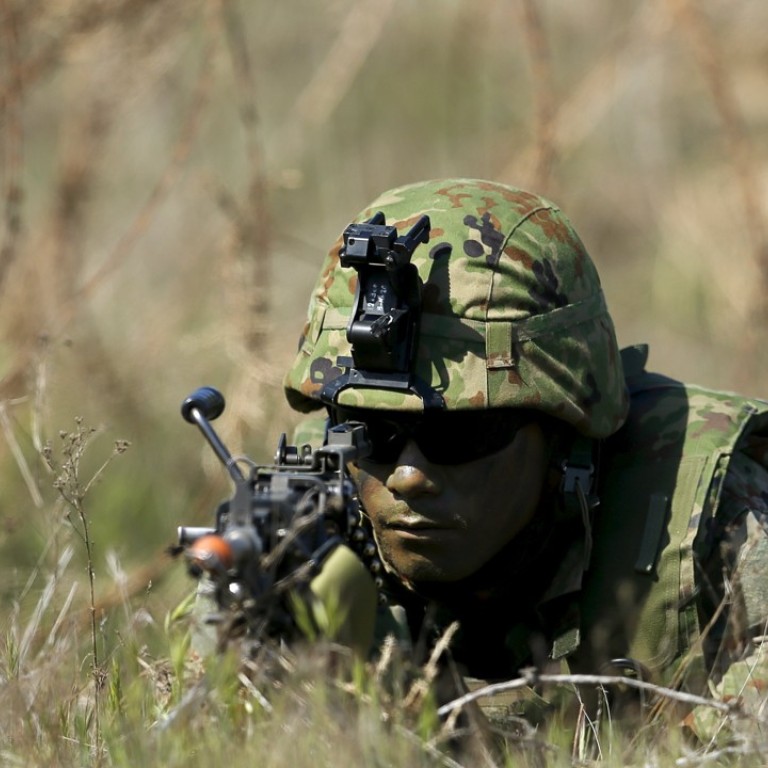
Shinzo Abe reveals 2020 plan to include existence of military in first-ever change to Japan’s pacifist constitution
Possible revisions remain a divisive topic among the Japanese public
Japan’s Prime Minister Shinzo Abe on Wednesday unveiled a plan to seek a first-ever change to the postwar constitution, bidding to see the revision go into force in 2020, a specific time frame not publicly mentioned before.
In a video message to a gathering celebrating the 70th anniversary of the charter going into force, Abe, who is also head of the ruling Liberal Democratic Party, proposed making explicit the existence of the Self-Defence Forces in the language of the war-renouncing constitution, which currently does not make any mention of it.
“By making explicit the status of the SDF in the Constitution during our generation’s lifetime, we should leave no room for contending that (the SDF) may be unconstitutional,” Abe said in the video message, delivered to an audience generally supportive of constitutional amendments.
Specifically, Abe proposed referring to the SDF in the Constitution while leaving untouched two paragraphs in Article 9, a controversial change that “deserves popular debate”, he said.
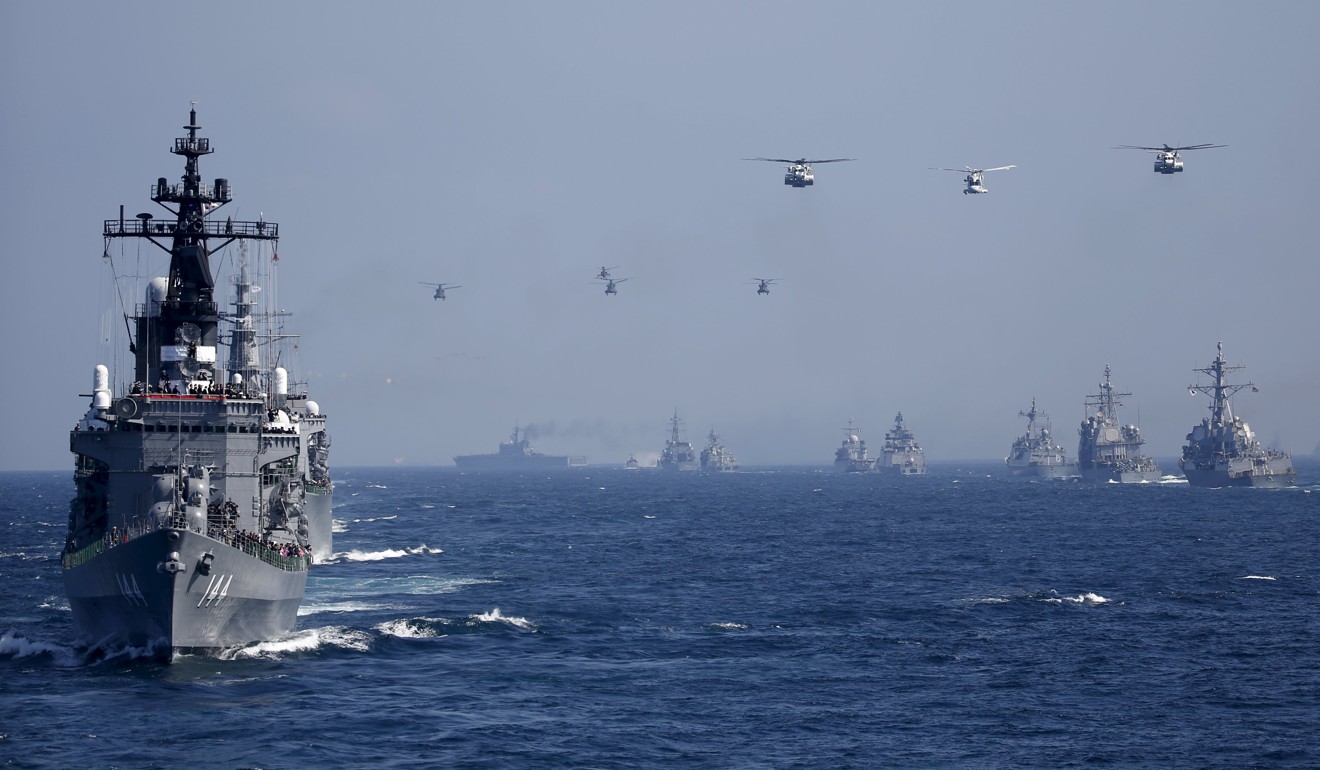
The first paragraph of Article 9 says: “Aspiring sincerely to an international peace based on justice and order, the Japanese people forever renounce war as a sovereign right of the nation and the threat or use of force as means of settling international disputes.”
It is followed by the paragraph that says: “In order to accomplish the aim of the preceding paragraph, land, sea, and air forces, as well as other war potential, will never be maintained. The right of belligerency of the state will not be recognised.”
While the provision stipulates that the Japanese people “forever renounce war” and that “land, sea, and air forces, as well as other war potential, will never be maintained”, the government says it does not prohibit the country from maintaining its ability to defend itself, and thus allows Japan to possess defence forces.
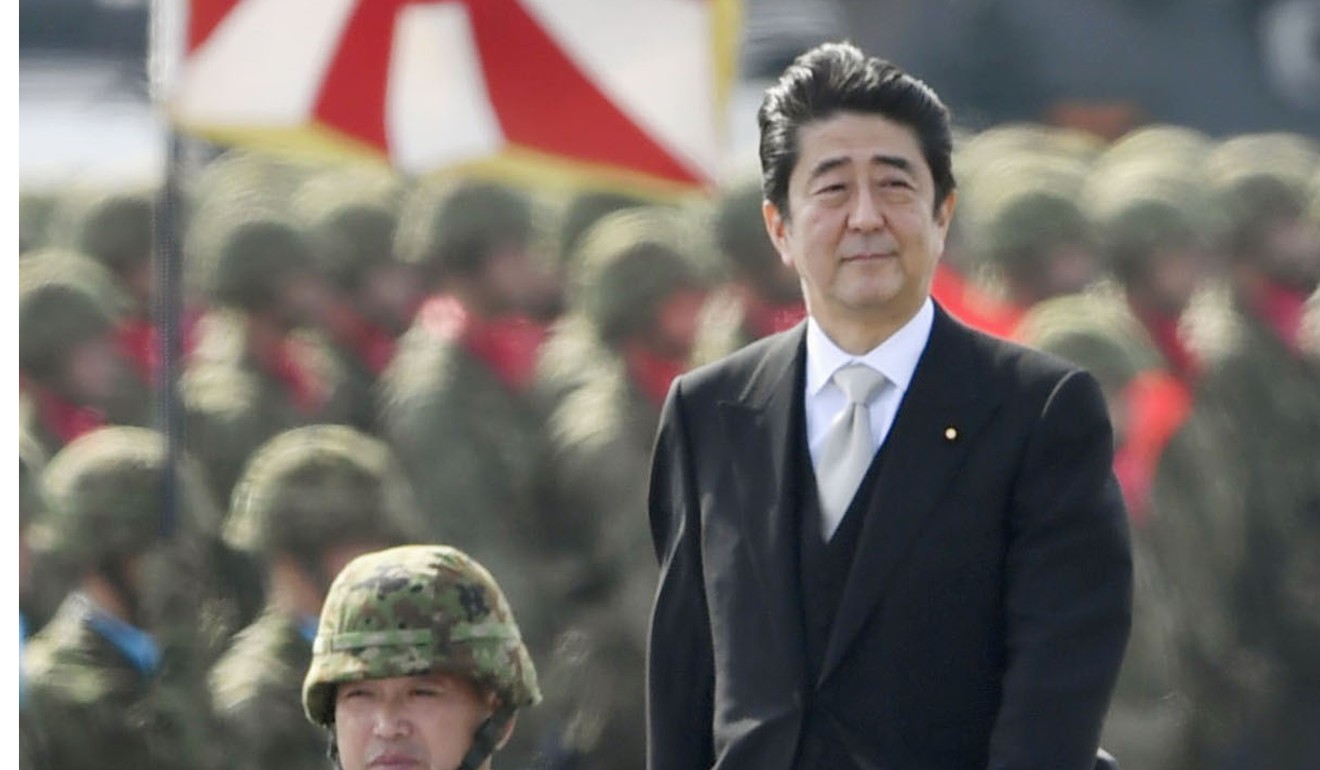
A possible revision to Article 9 remains a divisive topic among the Japanese public. A recent Kyodo News survey found that supporters of a change slightly outnumbered opponents, 49 per cent to 47 per cent, possibly reflecting the depth of concern about North Korea and China’s military buildup.
On the overall need to revise the Constitution in the future, 60 per cent said it was “necessary” or “somewhat necessary.” Supporters of maintaining the current Constitution unchanged totaled 37 per cent, according to the mail-in survey.
The current Constitution has never been revised since it went into effect in 1947, nor has a bid been made to initiate a formal amendment process, partly because of the high hurdle in proposing an amendment in parliament before it can be put to a referendum.
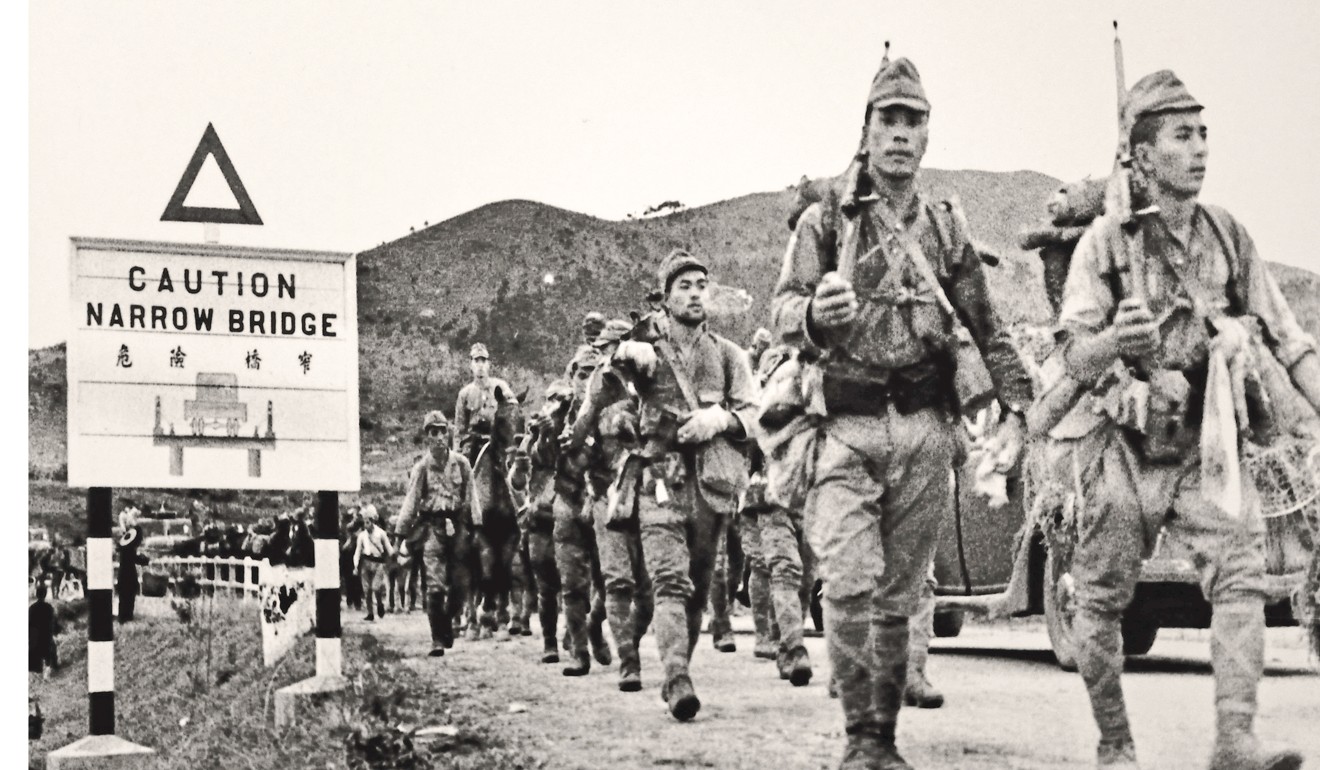
A revision to the Constitution, which conservatives often decry as a product of the US-led occupation after Japan’s defeat in the second world war, has become a more realistic prospect given the LDP’s parliamentary majority and the support it has on this issue among lawmakers.
Abe proposal to amend Japan’’s Constitution comes as destroyer joined a Japanese Maritime Self-Defende Force helicopter carrier escorting a US Navy ship in the first-ever protection mission enabled by Japan’s new security legislation.
The Sazanami joined the mission, which initially involved only the Izumo, after leaving the MSDF base in Kure, Hirshima Prefecture, on Tuesday, sources said. The escort mission was scheduled to end on Wednesday.
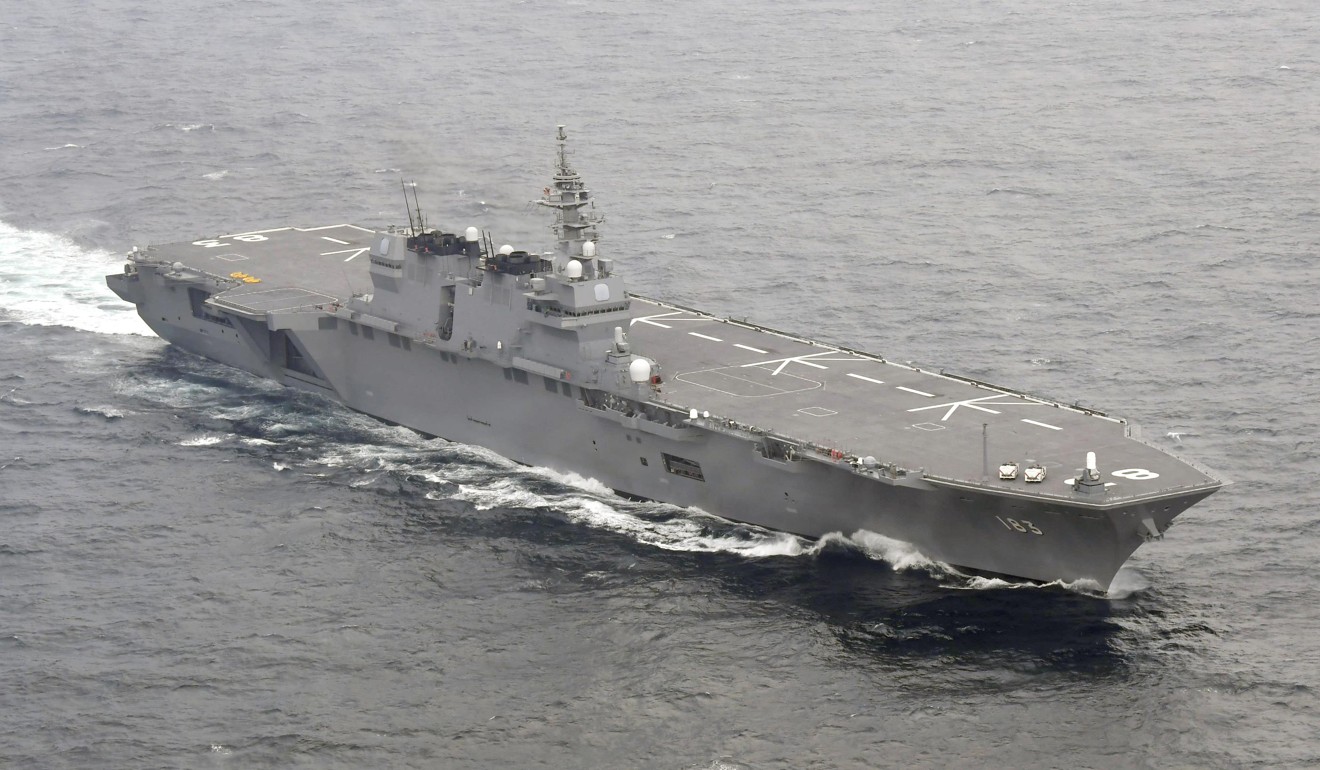
After the mission, the two MSDF vessels are due to take part in an event in Singapore on May 15.
The US Navy supply ship is likely to provide fuel to other US ships deployed in the Sea of Japan (East Sea), including those working in concert with a nuclear-powered aircraft carrier sent to the region amid heightened tensions over North Korea.
The Izumo departed from Yokosuka base, southwest of Tokyo, on Monday before joining the US Navy ship. The mission is the first enabled by the legislation, which took effect last year and has expanded the role of the Self-Defence Forces.

